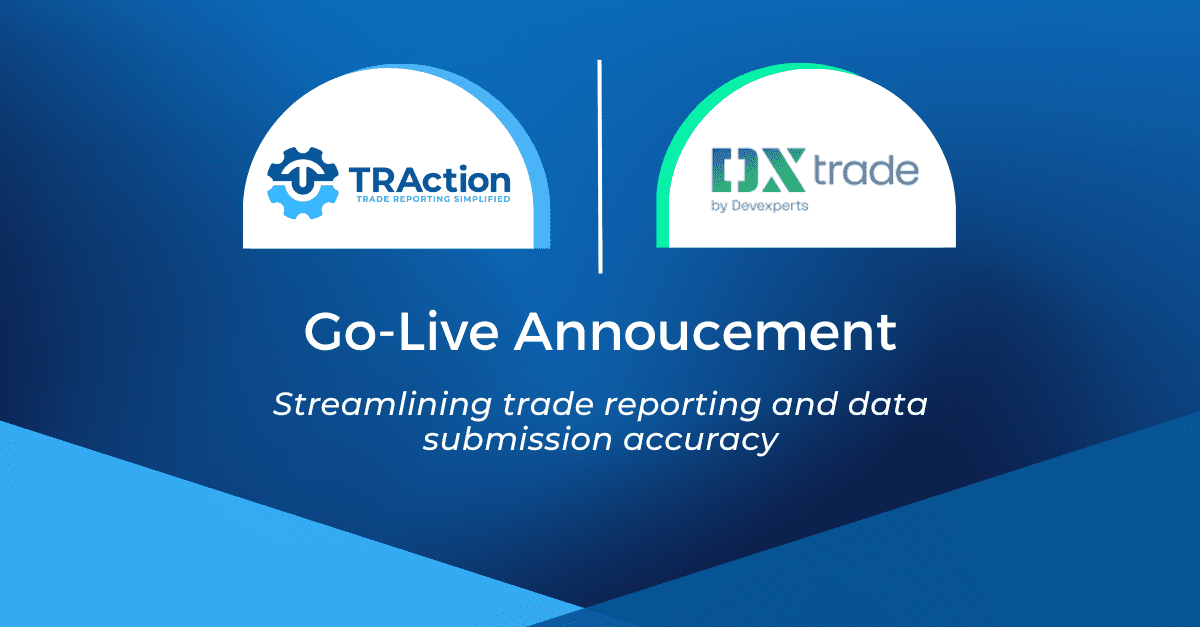We regularly find firms are either misreporting or not at all reporting their liquidity provider (LP)/hedge trades. There are two main reasons why this happens. TRAction encourages you to be aware of these to avoid falling into the same trap. By following the steps advised below you can minimise time spent on solving preventable errors and/or back-reporting missed trades.
1. Not informing your reporting delegate of any addition/removal of liquidity providers
This is particularly relevant if you are using a delegate to report your trades. However, it is also applicable to large firms with multiple internal departments.
What goes wrong?
Many brokers change their LPs for commercial reasons throughout the year. Often, TRAction are not aware of the changes in our clients’ LPs. Consequently, the hedge trades related to the new LP are not reported. A lack of communication between departments within an organisation regarding changes in LPs can also result in the same error for those self-reporting.
How is this fixed?
To ensure all of your hedge trades are captured in your reporting, you should conduct frequent reviews of your systems and regularly reconcile your handback files against the raw data as required by Regulatory Guide 251 and section 2.2.7 of ASIC Reporting Rule. This helps to identify any missing hedged position.
If you are using a reporting delegate, you’ll need to inform your delegate promptly whenever there is any addition or removal of liquidity providers.
TRAction can assist its clients with performing an overall system review. This helps to distil the key factors that need consideration in establishing the trades that need to be reported under the ASIC regime.
2. Incorrectly rely on single sided relief
You are required to submit over-the-counter (OTC) derivative trades entered into between:
- you vs clients/counterparties (compulsory reporting obligations); and
- you vs hedging counterparties (unless single sided relief applies).
Often, we receive backloading requests from new clients to submit their hedge trades from the past as they failed to report them for a prolonged period of time due to either the oversight or misunderstanding of ASIC requirements.
What goes wrong?
The assumption is made that the hedging counterparty is adequately complying with the single-sided relief provisions without any actual communication or confirmation from the LP. Therefore, as single sided relief is incorrectly relied upon, no trades are reported or they are not completed according to ASIC’s requirements.
We encourage you to be aware of the errors above as it is not possible for our systems to detect the entire absence of LP transactions from the reporting submitted to us. If you have any questions, please do not hesitate to contact us.




